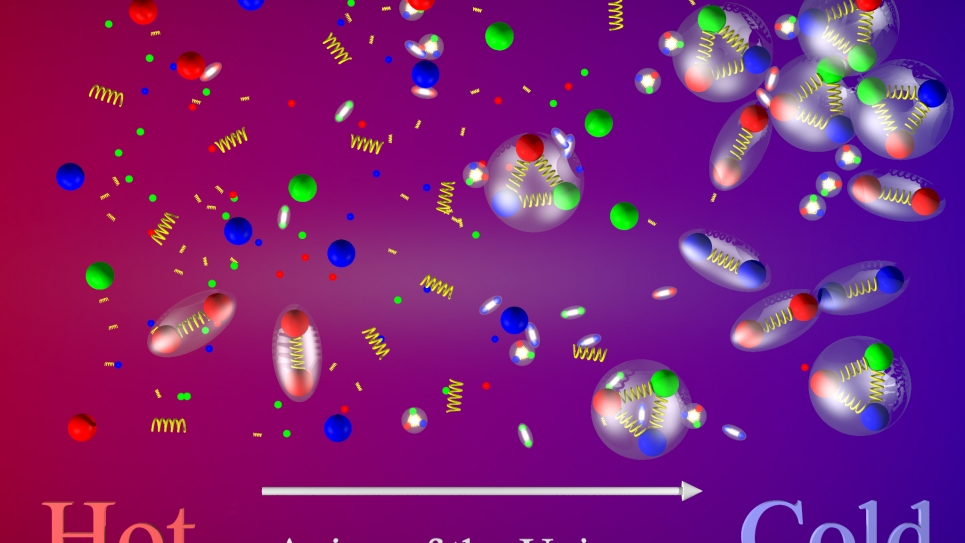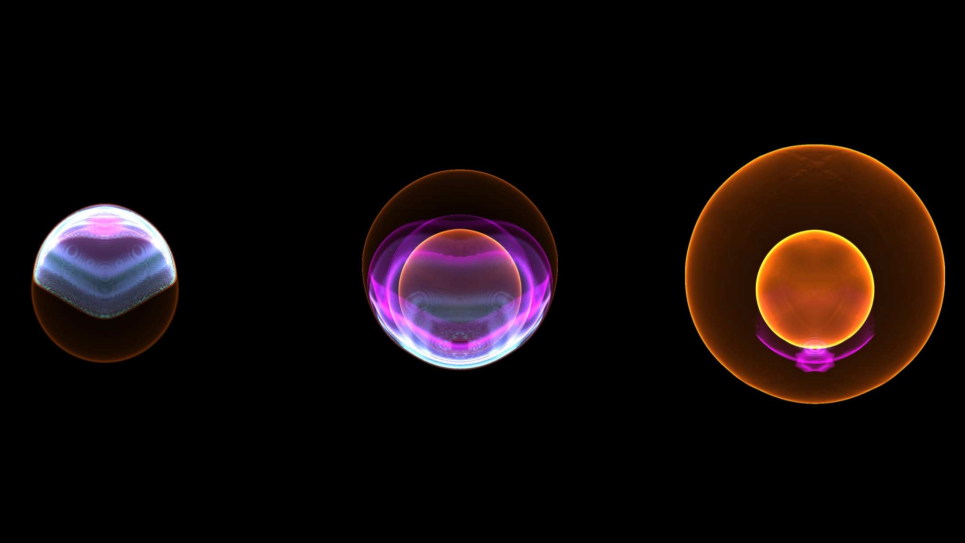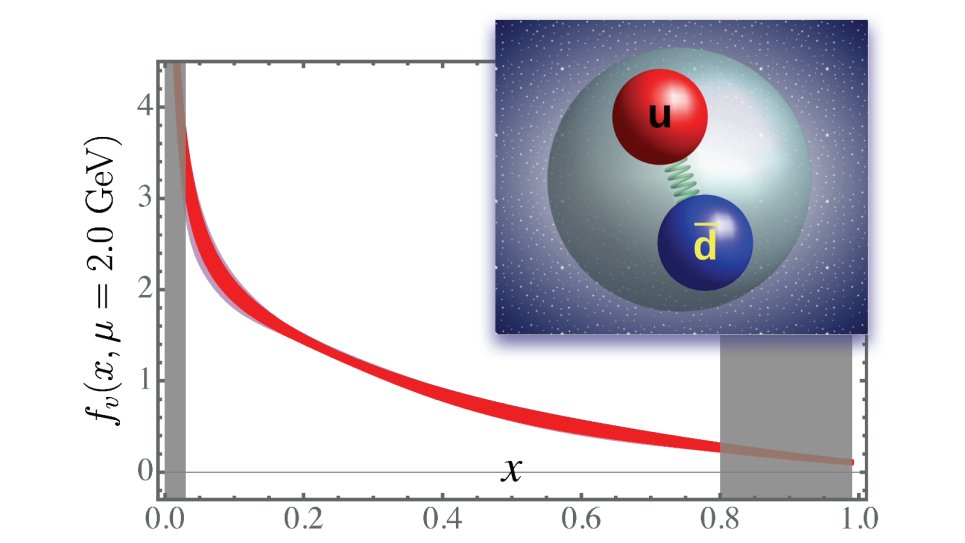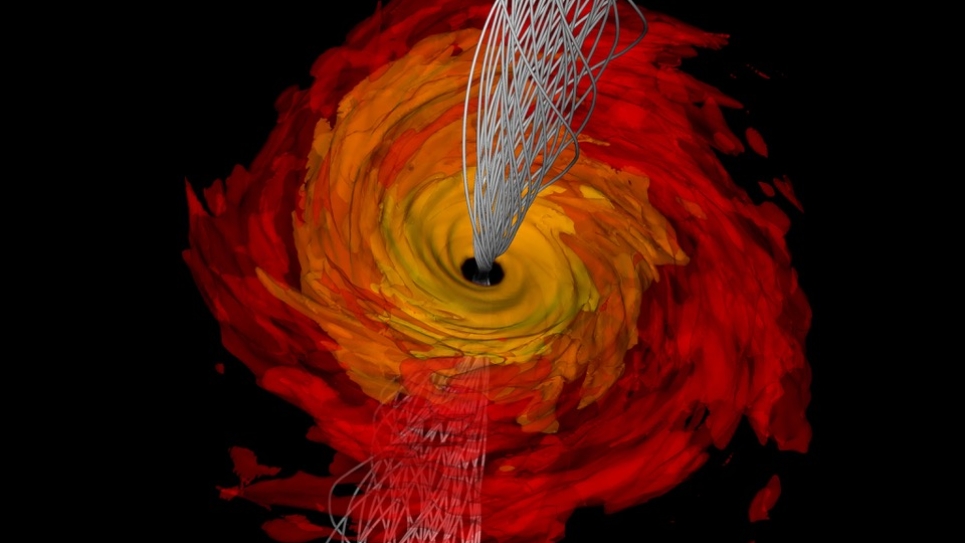
Fundamental Properties of QCD Matter Produced at RHIC and the LHC
A few seconds after the Big Bang, the building blocks of matter emerged from a hot,energetic state known as the quark-gluon plasma (QGP)—named for its composition of quark and gluon particles. These building blocks of matter are called hadron particles, and they form when gluons, which carry the strong nuclear force, bind quarks together.
Physicists are recreating the primordial conditions of the QGP experimentally through extreme temperatures and pressures generated in the Relativistic Heavy Ion Collider (RHIC) at Brookhaven National Laboratory in the United States, and the Large Hadron Collider (LHC) at CERN, in Europe. Their goal is to achieve a microscopic understanding of QGP properties near the transition to ordinary nuclear matter. Using a state-of-the-art lattice quantum chromodynamics (QCD) approach, they believe that the requirements and conditions for the creation of nuclear and exotic matter in the universe can be determined.
Investigators are looking at several aspects of QCD that are of relevance at different times during the brief life of the QGP in heavy-ion collision experiments at RHIC and the LHC. For example, they plan to calculate electric charge fluctuations as a function of temperature, crucial in determining the chemical freeze-out temperature, after which the multiplicities of all measurable particle species are fixed.
One of the most sought-after quantities in the description of the QGP is the shear viscosity, the transport coefficient that parametrizes the non-ideal hydrodynamics of the plasma. A key milestone in this project is to calculate shear viscosity in full QCD. The resulting data should help scientists determine the strength of coupling between quarks and gluons in the QGP, how charges propagate through it, and whether the QGP is an ideal liquid.


